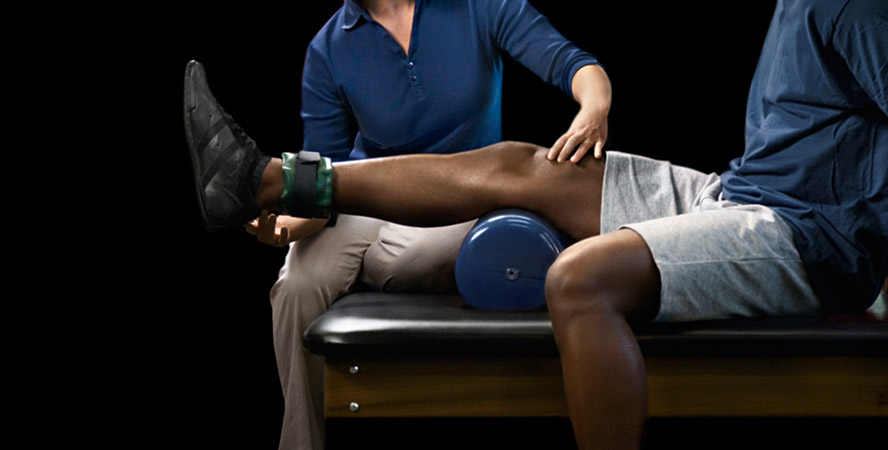Understanding Common Athletic Ailments and Efficient Rehabilitation Strategies aimed at Athletes
Wiki Article
Athletic injuries are common among athletes of every age groups and skill levels. These traumas can happen in multiple forms, including sprains, strains, fractures, and tendon inflammation. Comprehending the kinds of injuries that can occur during sports activities is crucial for not only avoiding and treatment. Sprains, for example, entail the stretching or tearing of connective tissues, which link bones at a articulation. Strains, on the contrary hand, impact muscles or tendon structures, which attach muscles to bones. Recognizing these traumas early can assist sportspeople obtain appropriate treatment and come back to their activity more rapidly.
One of the most commonly seen traumas in athletics is the foot sprain. This trauma often happens when an athlete touches down ungracefully or rotates their foot during a game. Symptoms of an ankle ligament injury include pain, swelling, and trouble walking. Immediate care typically includes the R.I.C.E. approach, which represents for Rest, Cooling, Wrapping, and Elevation. This method helps reduce swelling and pain. In more severe cases, rehabilitative treatment may be necessary to regain strength and flexibility to the foot before returning to sports.
Another common trauma is a muscle strain, which can occur in all sport that demands sudden actions or intense weight-bearing. Athletes may suffer a muscle injury when they stretch a muscular tissue too far or when they exert too great force. Symptoms include sharp discomfort, swelling, and muscular spasms. Recovery for muscular injuries often includes light flexibility exercises and conditioning exercises. Slowly increasing exercise levels is crucial to avoid recurrence. Athletes should collaborate tightly with a physical therapist to create a safe and efficient rehabilitation plan.
Tendon inflammation is another injury that can impact athletes, particularly those who participate in frequent movements, such as joggers or aquatic athletes. This issue happens when a tendon, which links muscular tissue to skeletal structure, becomes swollen. Frequent locations involved by tendon inflammation include the arm, upper arm, and leg. Signs often include pain and stiffness, especially during movement. Treatment for tendonitis usually involves recovery, cooling, and pain-relief drugs. In certain situations, physical therapy may be recommended to improve flexibility and power in the affected region.
Preventing athletic traumas is just as crucial as addressing them. Sportspeople can reduce their risk of injury by warming up properly before events, using the appropriate click here to read equipment, and maintaining good fitness condition. Power conditioning and stretching workouts can help prepare the physique for the requirements of sports. Additionally, sportspeople should listen to their physical condition and allow breaks when necessary. By comprehending common athletic traumas and applying efficient recovery plans, sportspeople can remain fit and participate in their beloved athletic activities for a long time to come.
